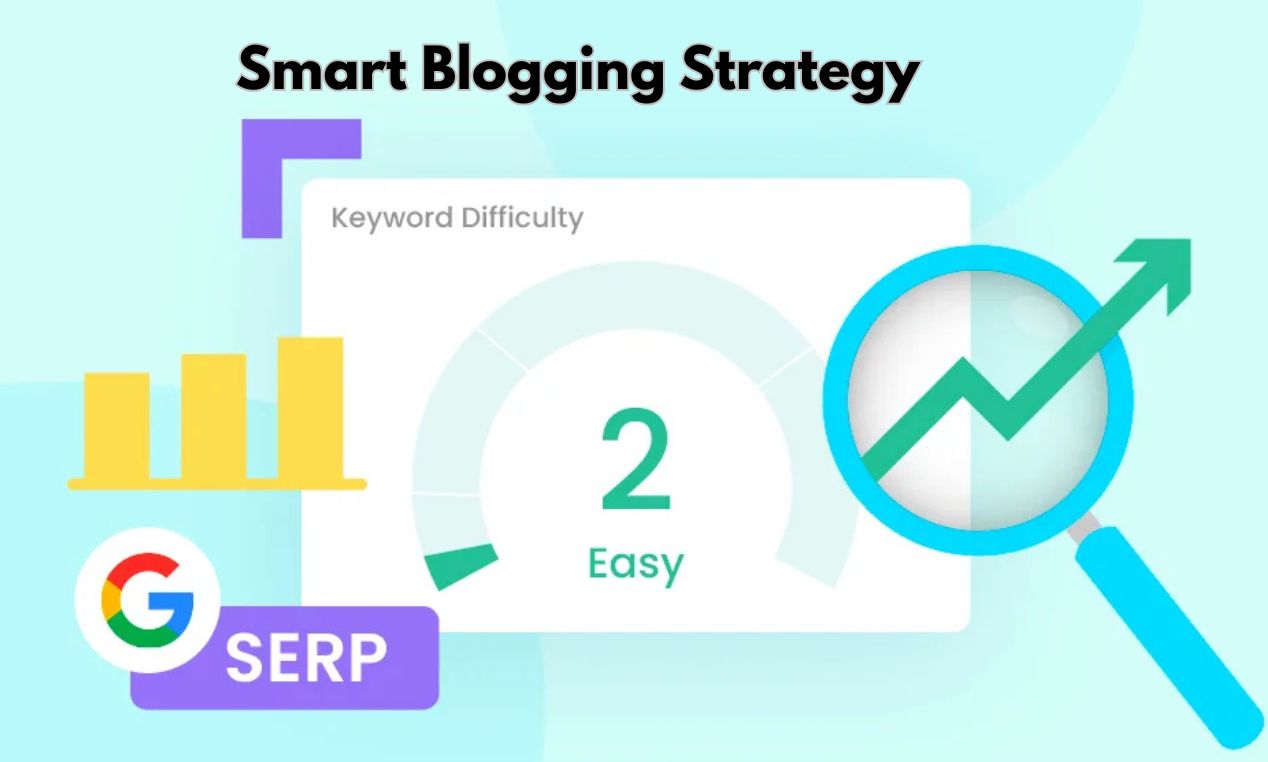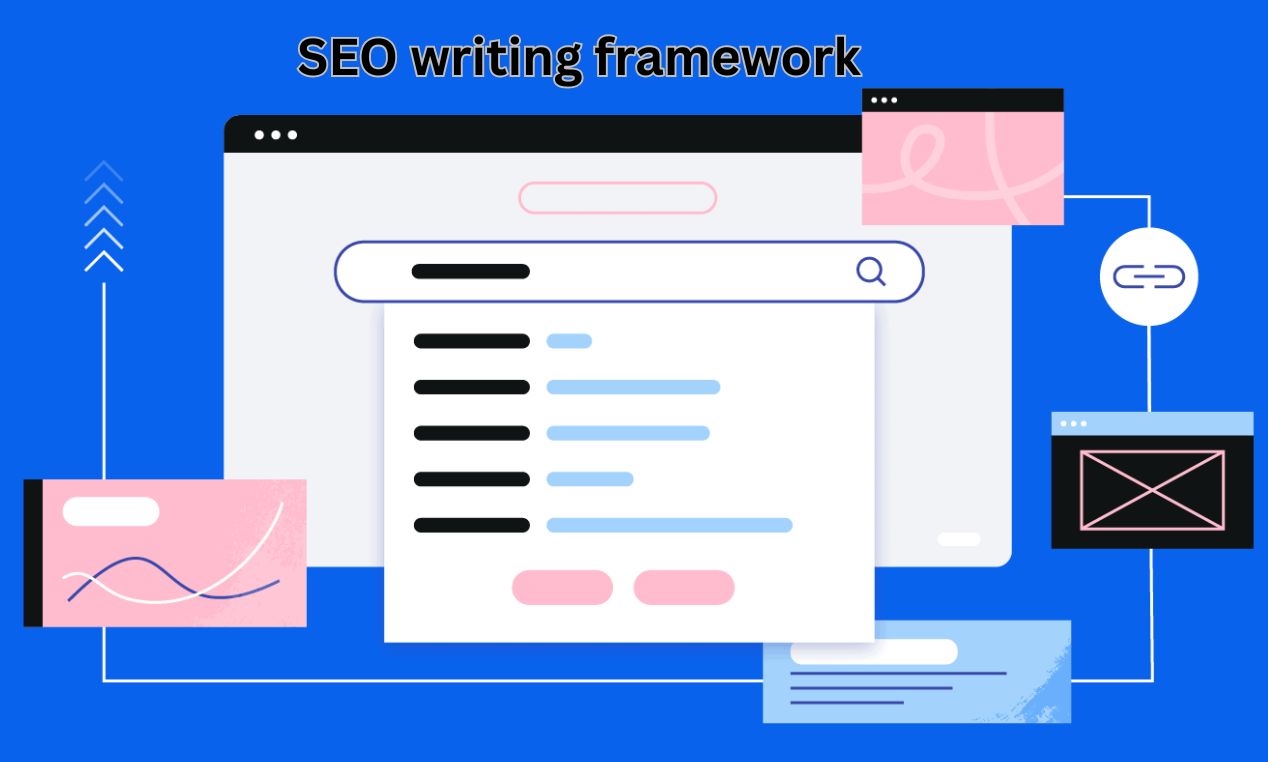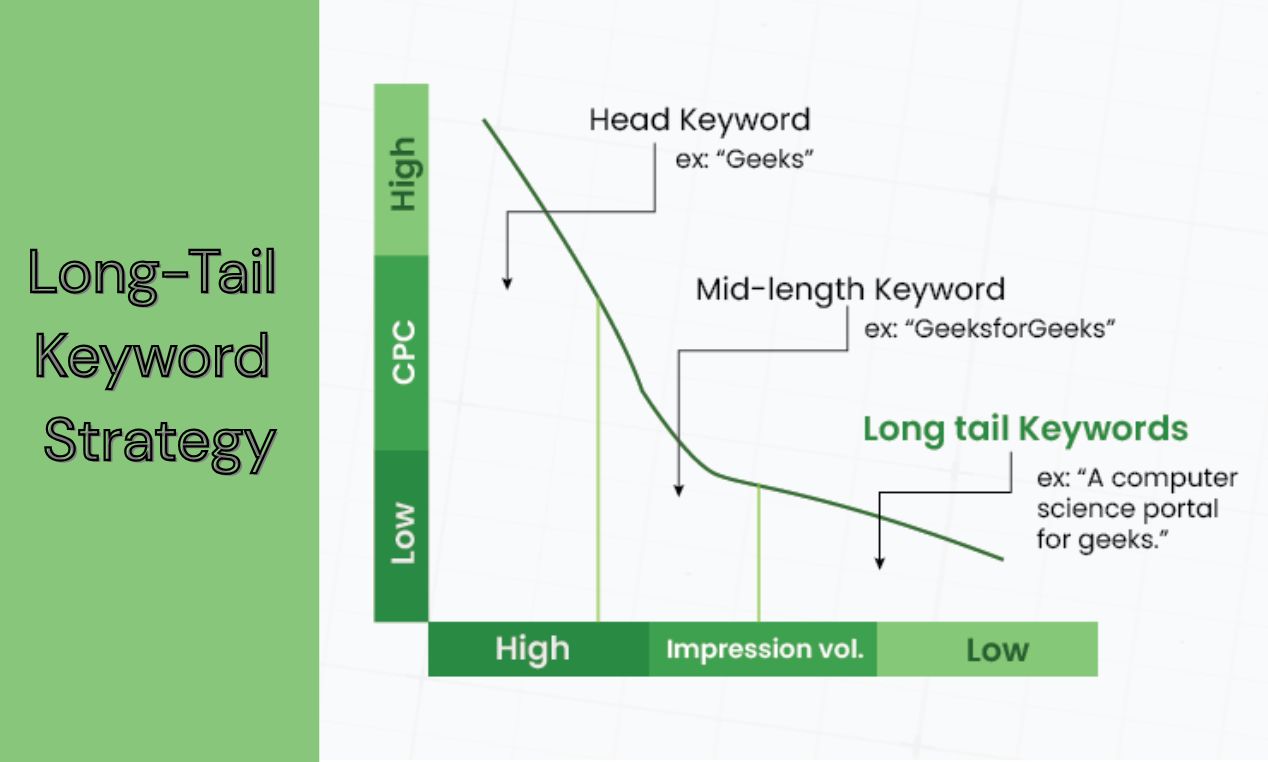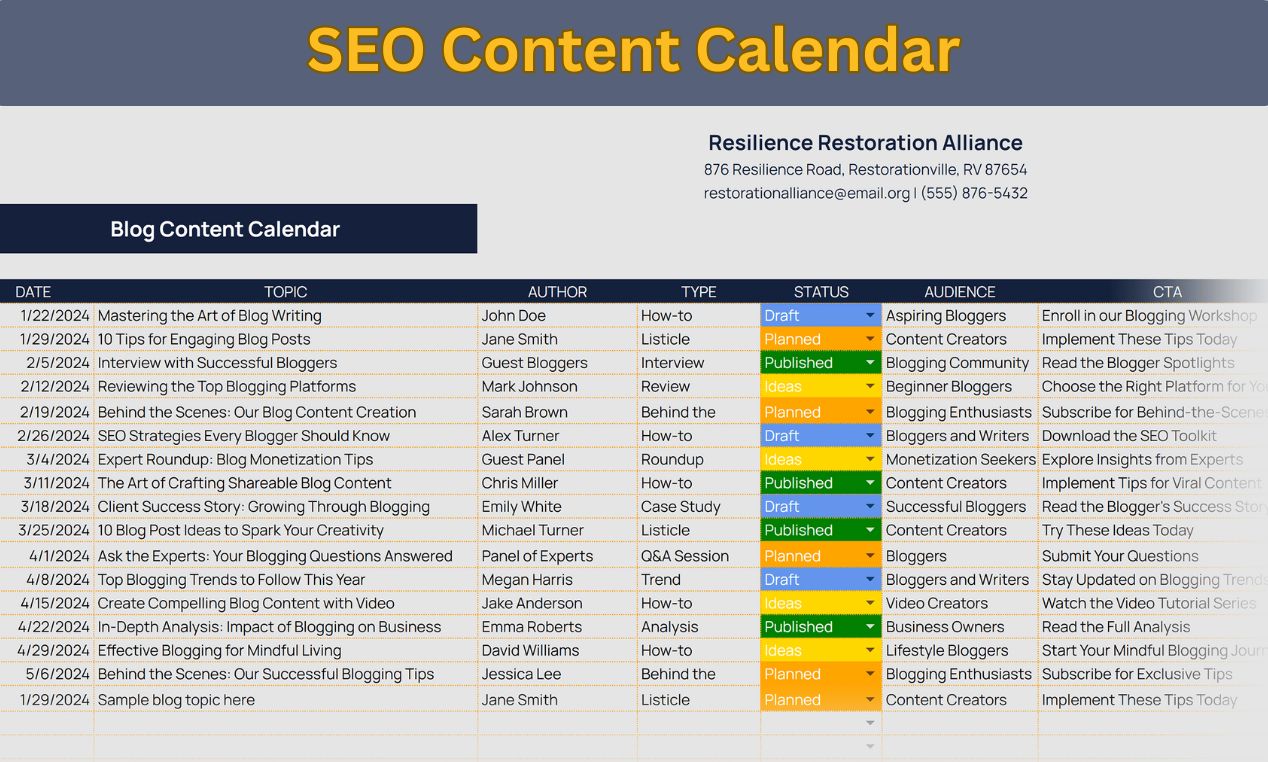When you first start blogging, everyone tells you to “write helpful content.” That sounds simple, but when you actually sit to plan topics, reality hits the big keywords are already taken by giant websites. Competing with them feels impossible.
That’s why focusing on low competition keywords that pay well is one of the most practical Smart Blogging Strategy choices you can make. It’s a steady way to build traffic and income without chasing heavy competition.
Instead of going after broad terms with huge search volume, smart bloggers choose specific, easier keywords. This approach quietly brings in visitors, builds authority, and earns better ad revenue over time.
Let’s break it down in a simple, friendly way.
Table of Contents
Smart Blogging Strategy
Why Target Low Competition Keywords That Pay More?
Think about it like opening a small shop. You wouldn’t place it next to a big supermarket and expect instant customers, right? Blogging works the same way.
A Smart Blogging Strategy means choosing spaces where competition is low and opportunities are open not trying to compete with the biggest sites from day one.
Low competition keywords are easier to rank for. When they also have decent CPC, you get ads that pay better too. Over time, this becomes a reliable income path instead of waiting months to rank for something everyone else is writing about.
How to Find Keywords With Low Competition?
Finding such keywords isn’t complicated. It just requires patience and observation. Here’s a natural flow you can follow:
Use Google Suggestions & Related Searches
Type your topic into Google and look at:
- Autocomplete suggestions
- “People also ask” box
- “Related searches” at the bottom
You’ll notice long-tail ideas people actively search for.
Try Google Keyword Planner
Even though it’s designed for advertisers, Google Keyword Planner is still useful for bloggers. It helps you see:
- Approximate search volume
- Keyword ideas
- CPC value
Cross-check terms manually to see if the competition is actually low.
Look at Small Competitors
Find keywords where other small sites or new blogs rank. If they can do it, so can you.
low-competition high traffic keywords list (Example Ideas)
Here are some sample keyword directions to understand the approach. Don’t copy them directly use them as inspiration to search more. A Smart Blogging Strategy focuses on areas that are not overcrowded and serve real user needs:
- niche service guides (e.g., local digital tasks, side skills)
- tool comparison for micro topics
- beginner tutorials in growing industries
- small city-based search terms
- questions and “how to” terms for daily tasks
- These types of phrases usually have:
- Lower SEO difficulty
- Good chance of ranking
- Steady traffic if content is helpful
Which Niche Has the Lowest Competition?
There isn’t a single niche with absolutely zero competition, but some areas tend to be more beginner-friendly because big media sites rarely target them.
Examples include:
- Local service keyword guides
- Home-based work skills
- Practical finance habits (not investment advice)
- Skill-building tutorials (small crafts, tools)
- Simple tech help articles
Sometimes the lowest competition niche is hidden inside a broad category. For example, instead of “fitness,” you might do “simple home workouts for seniors” or “walking schedules for beginners.”
high search volume, low competition keywords youtube Approach
If you’re also creating video content, the same rule applies: go specific. Look at:
- YouTube auto suggestions
- Comments under similar videos
- Filters like “recent” to see trending low-noise topics
Sometimes YouTube gives ideas even before blogs catch them. You can turn one YouTube keyword into a full written article too.
Smart Tips on How to Create Content Around These Keywords
Once you have your list, write content that feels natural, helpful, and friendly. Things that help:
- Answer the main question early
- Add personal examples or observations
- Keep paragraphs short
- Use headings that make sense
- Avoid sounding robotic or forced
What Makes This Strategy Effective?
This method works because it builds your site gradually while keeping competition manageable. Even one keyword ranking well can bring steady visitors daily. Add more, and your audience grows month after month.
You don’t need to publish dozens of posts in a week. Even two well-researched posts each week can make a difference. Slow and steady beats rushed and generic.
Conclusion
Blogging becomes easier when you stop chasing big trends and focus on keywords you can actually rank for. Use tools like Google Keyword Planner for direction, pay attention to search results, and think from the reader’s point of view.
Start with a low competition keyword, write with clarity, and give real value. Over time, the traffic and earnings follow naturally without stress or shortcuts.











